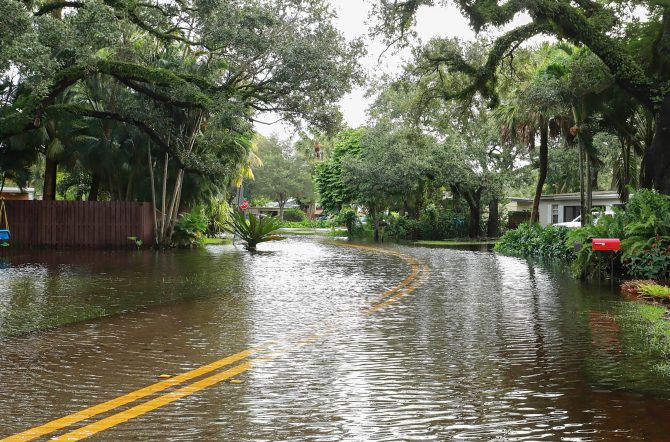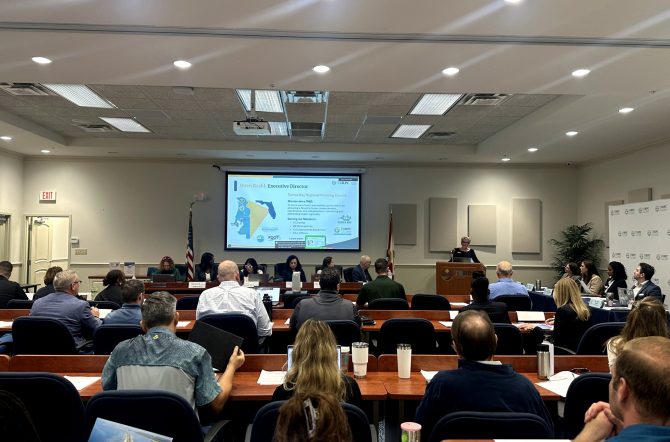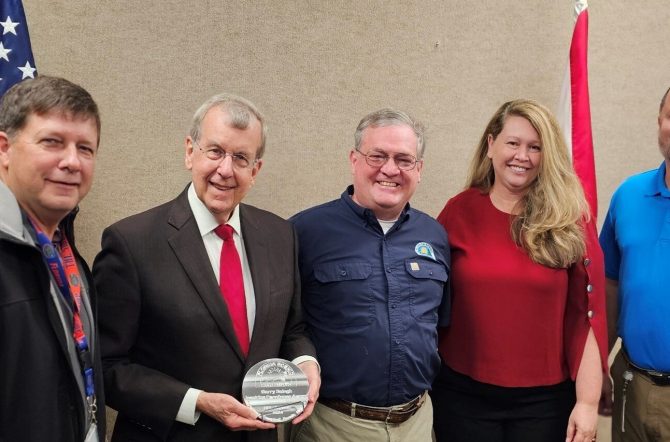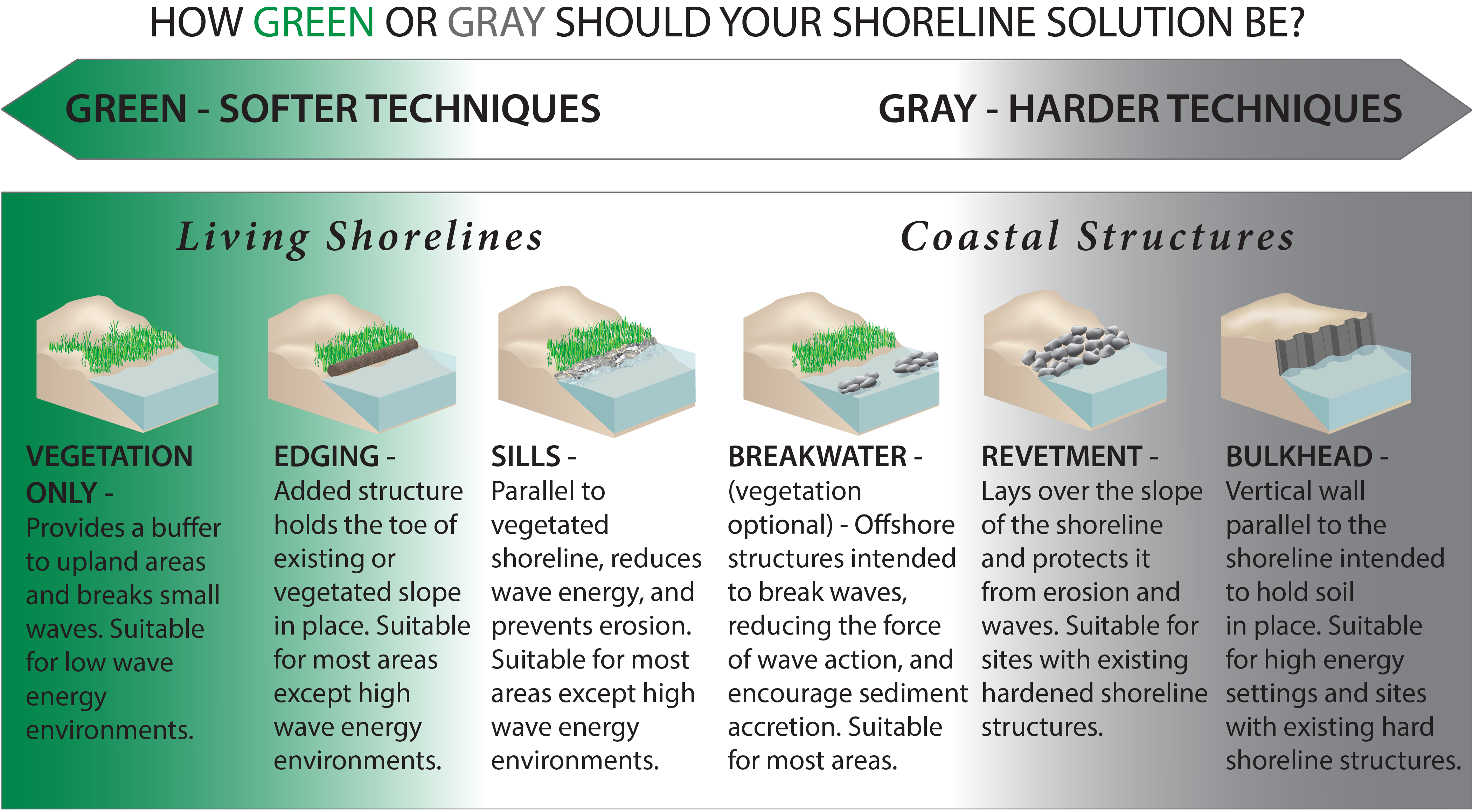Contact
Charity Franks
Hazard Mitigation Planner & LEPC Coordinator
charity@tbrpc.org
(727) 570-5151 ext. 10
Activities
Hazardous Materials Emergency Response & Compliance
Since 1988, TBRPC has facilitated the Tampa Bay Local Emergency Planning Committee (LEPC). Federal and State law charges the LEPC with facilitating regional hazardous materials emergency response and compliance with hazardous materials reporting laws in the Tampa Bay region. The LEPC coordinates multi-jurisdictional full-scale, functional, or tabletop hazmat exercises annually. TBRPC is also responsible for assisting facilities to comply with the Florida Accidental Release Prevention and Risk Management Planning Act (ARP/RMP) of 1999.
2025 Tampa Bay LEPC Members Roster
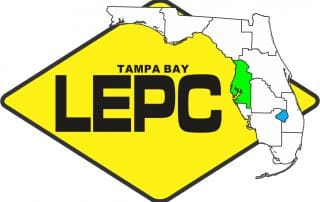
Meeting Materials
| Title | Date | Link |
|---|---|---|
| LEPC Meeting Materials – November 19, 2025 | October 27, 2025 | |
| LEPC Meeting Materials – August 27, 2025 | August 17, 2025 | |
| HMEP Meeting Materials – July 21, 2025 | July 10, 2025 | |
| 2025 Hazardous Materials Emergency Plan | July 10, 2025 | |
| LEPC Meeting Materials – May 28, 2025 | May 18, 2025 | |
| LEPC Meeting Materials – February 26, 2025 | February 16, 2025 | |
| LEPC Meeting Materials – November 20, 2024 | November 14, 2024 | |
| LEPC Meeting Materials – August 28, 2024 | August 15, 2024 | |
| LEPC Meeting Materials – May 22, 2024 | May 9, 2024 | |
| LEPC Meeting Materials – February 28, 2024 | February 15, 2024 | |
| 2023 Hazardous Materials Emergency Plan | January 9, 2024 | |
| LEPC Meeting Materials – November 15, 2023 | December 20, 2023 | |
| LEPC Meeting Materials – August 23, 2023 | October 13, 2023 | |
| About the LEPC | April 22, 2023 | |
| All Hazards Guide for Businesses Planning for Risks | April 20, 2023 | |
| LEPC Membership Roster – updated 8/1/2022 | April 22, 2022 | |
| LEPC HAZMAT Plan | June 1, 2021 | |
| Business Continuity Planning Presentation, TBRPC | April 20, 2021 | |
| SERC LEPC Policies | April 20, 2016 |
The Hazardous Materials Emergency Preparedness (HMEP) grant program is a federal program that provides financial assistance to states and local governments to enhance their ability to prepare and respond to hazardous material incidents. The program is designed to improve the readiness and capabilities of emergency responders to prevent, mitigate, and respond to accidents involving hazardous materials. The grants can develop or enhance training programs, purchase response equipment and communication systems, update emergency response plans, and conduct exercises or drills. The program’s ultimate objective is to protect the public, emergency responders, and the environment from chemical releases and other hazardous materials incidents. Through this program, communities can better prepare and respond to hazardous material emergencies, reducing the potential impact on public health and safety, infrastructure, and the economy.
